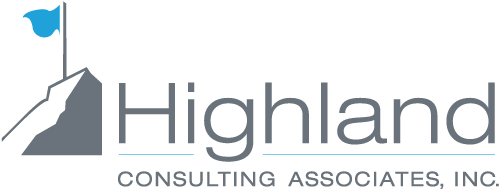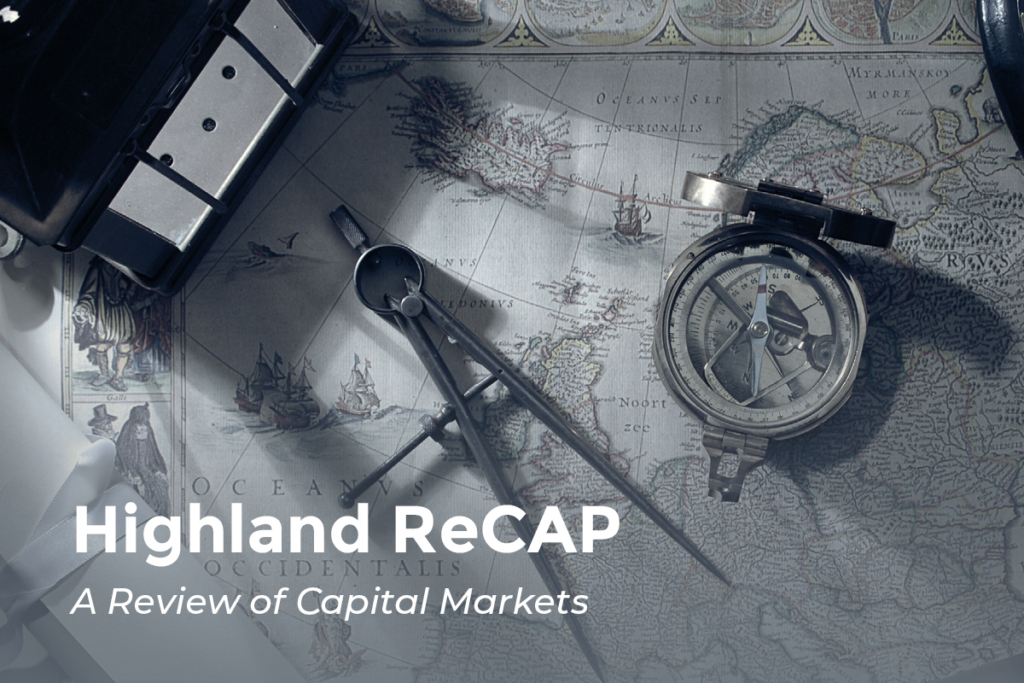Roth Catch-Up Contributions: The Long-Awaited Rules Have Finally Landed

photo credit: Ideogram
After months of circling the regulatory runway, the IRS has released final regulations under the SECURE 2.0 Act, including long-anticipated guidance on Roth catch-up contributions. These rules provide much-needed clarity for employers preparing to implement the Roth catch-up provision in 2026. While the regulations officially apply to tax years beginning after December 31, 2026, plans are expected to follow them under a “reasonable, good faith” interpretation of the rules until they take full effect in 2027.
A Quick Recap
Beginning in 2026, if you earned more than $145,000 (indexed annually) from your current employer in the prior year, your catch-up contributions to 401(k), 403(b), or governmental 457(b) plans must be made on a Roth basis. That means after-tax dollars go in, and qualified withdrawals come out tax-free.
For those aged 60 to 63, the “super catch-up” provision allows even higher limits—but still Roth if you’re above the income threshold.
Key Highlights of the New Rules
- Wage Aggregation: The final regulations permit a plan administrator to aggregate wages received by a participant in the prior year from certain separate common law employers in determining whether the participant is subject to the Roth catch-up requirement.
- Grace Periods: Governmental and collectively bargained plans get extra time to comply.
- Super Catch-up: plans offering age 60 – 63 catch-up may limit total deferrals to 75% of compensation without violating universal availability requirement.
- Stopping Roth elections: If an employee is no longer required to make Roth catch-up contributions due to loss in pay or corrected W-2, the automatic election must stop within a reasonable amount of time.
Why It Matters
For plan sponsors, the runway is short: Payroll systems need updates, participant education must take off, and plan documents require revision. The IRS has made it clear: no further delays are coming. And yet, by pushing out the effective date of the regulation, sponsors were given to adopt and apply this provision in good-faith.
What’s Next?
Employers and participants alike should prepare for a new flight path in retirement planning. The rules have landed, and the turbulence of transition is already underway.
At Highland, we believe smooth landings start with smart navigation. If you’re adjusting your course, we’re here to help you chart a confident route through regulatory change. Highland’s Rich Swanner, CFPA, QKA is happy to help. He can be reach by phone (440-808-1500) or email (rswanner@highlandusa.net).
References
IRS Announcement on Final Regulations for Roth Catch-Up Contributions https://www.irs.gov/newsroom/treasury-irs-issue-final-regulations-on-new-roth-catch-up-rule-other-secure-2point0-act-provisions
Journal of Accountancy https://www.journalofaccountancy.com/news/2025/sep/irs-finalizes-regulations-for-roth-catch-up-contributions-under-secure-2-0.html
PlanAdviser: IRS, Treasury Release Final Roth Catch-Up Regulations https://www.planadviser.com/irs-treasury-release-final-roth-catch-up-regulations/
NAPA: Breaking News – IRS Releases Final Roth Catch-Up Regulations https://www.napa-net.org/news/2025/9/breaking-news-irs-releases-final-roth-catch-up-regulations/
Highland Consulting Associates, Inc. was founded in 1993 with the conviction that companies and individuals could be better served with integrity, impartiality, and stewardship. Today, Highland is 100% owned by a team of owner-associates galvanized around this promise: As your Investor Advocates®, we are Client First. Every Opportunity. Every Interaction.
Highland Consulting Associates, Inc. is a registered investment adviser. Information presented is for educational purposes only and is not intended to make an offer of solicitation for the sale or purchase of specific securities, investments, or investment strategies. Investments involve risk and unless otherwise stated, are not guaranteed. Be sure to first consult with a qualified financial adviser and/or tax professional before implementing any strategy discussed herein. Past performance is not indicative of future performance.



